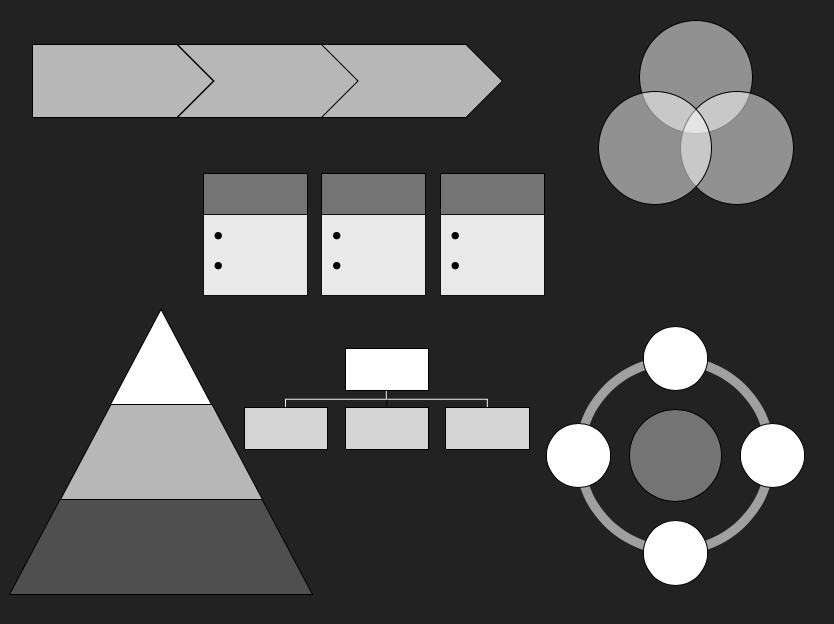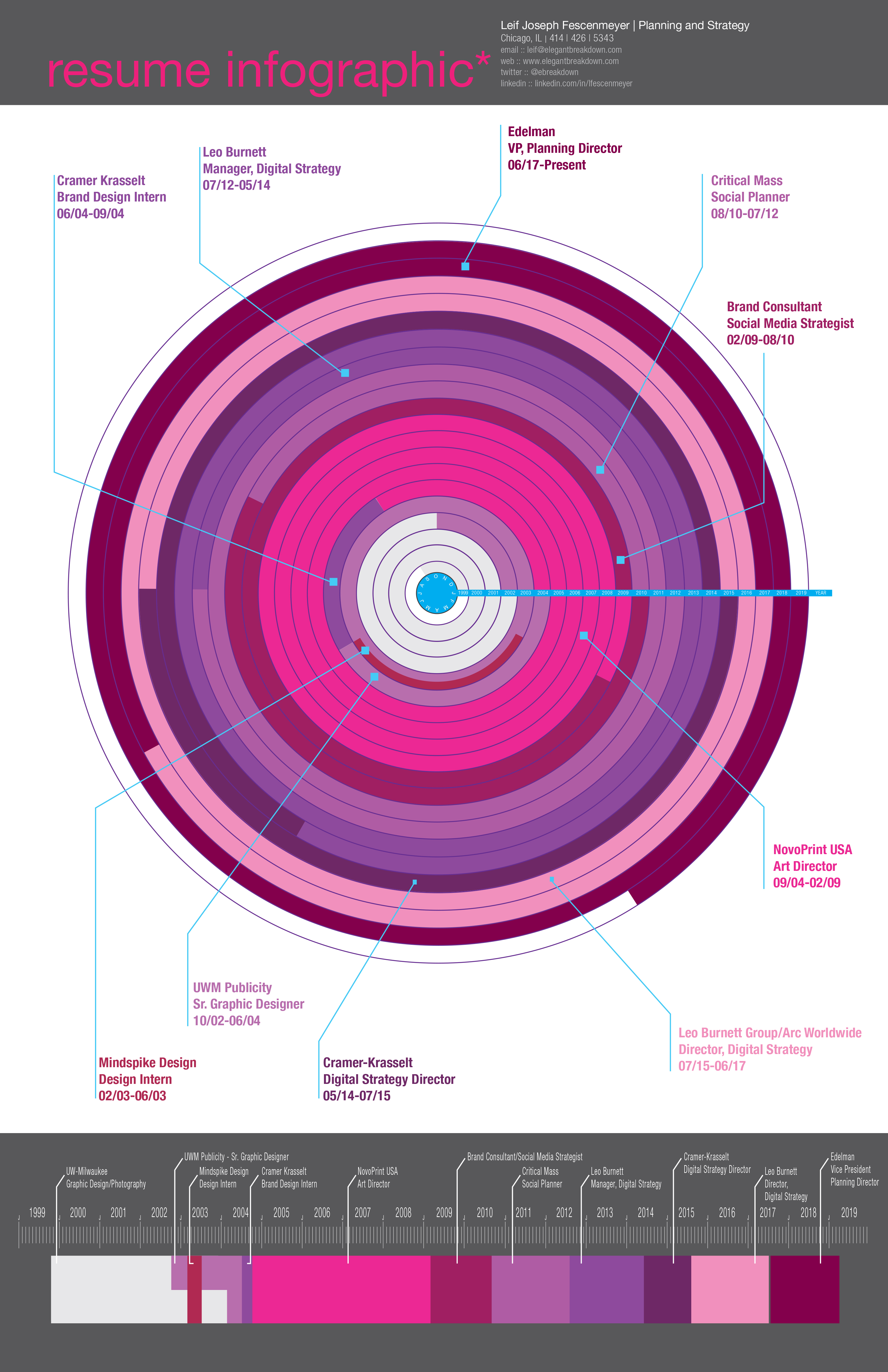I’ve been giving PowerPoint SmartArt a great deal of thought lately and how beholden we are. More often than not we are reliant on the simplicity of SmartArt, using in it all of our presentations and documents to communicate ideas and our approaches. SmartArt is a simple way of organizing our complex thoughts and representing them visually– in order to communicate more effectively. I admit, I’m a heavy user of SmartArt myself.

However, I’m wondering if SmartArt is, by its own nature, limiting our thinking.
- Linear Thinking: It’s so much easier to think linearly, to think in steps, to present in order. The sheer nature of PowerPoint as slides numbered, illustrates this and SmartArt is not immune to this thinking either. By using PowerPoint, we present steps, processes, approaches, you name it in an order that is reliant on the step before.
- Forced Frameworks: Trying to jam our thoughts into a pyramid or some sort of relationship venn diagram, forces us to communicate a thought in a language which may not be the right one.
- Two Dimensional Thought: Every piece of SmartArt represents two dimensional thinking. Whether it be a process, flow, hierarchy, relationship or list, it’s all about the presentation of thought in two dimensions. Now, don’t get me wrong, I am NOT a three-dimensional thinker by any means, but wonder if it limits our ability to attempt to do so.
- Forward, Rewind: Most SmartArt forms represent some sort of flow to a determined end point or goal. However, I have not seen one that allows for moving forward and moving backward or any sort of free flow of journey.
- Too Simple: I understand the goal, as mentioned above, is to reduce complexity to simplicity. However, I would argue that most thoughts are not as simple, nor are actions. There is a vast amount of complexity, a consumer journey as an example and it’s difficult to articulate those nuances or complexities using SmartArt; it limits the thinking too much.
- High Expectations: It also appears that if there isn’t some sort of SmartArt or derivation of SmartArt, people assume there’s no strategy. When did this become a thing?
I would argue that linear thinking imposed by SmartArt, where it’s easy to communicate thought, may wind up limiting our collective cognitive growth and may innately present an inherent bias in our strategic presentations. I would recommend trying to create something as it is, rather than force an idea into a preconceived image.


